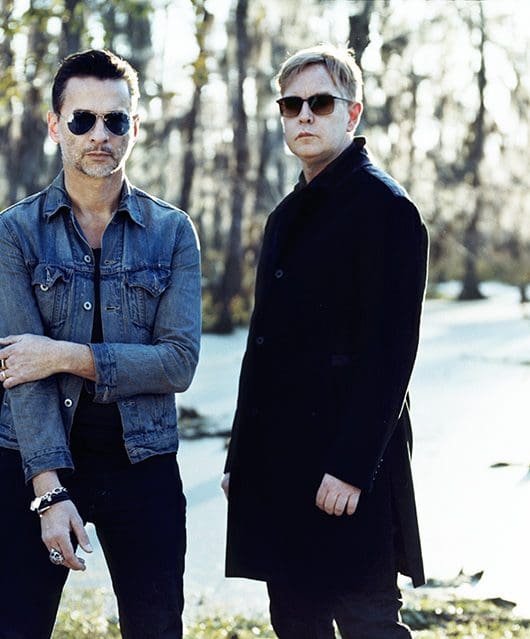The complete guide to Japan and David Sylvian
By Classic Pop | August 19, 2019
Inspired by glam and myopically lumped in with the New Romantics because of a proclivity for cosmetics, Japan were always more art than pop. They quit after five albums, reunited for another, while frontman David Sylvian’s solo oeuvre continues to bewitch… By David Burke
When Japan / David Sylvian emerged out of Catford, South London, in the mid-70s, they wore their glam rock influences (David Bowie, T. Rex, Roxy Music and the New York Dolls) loudly, with garish threads and make-up, even if sonically there was more than a whiff of funk about them.
Fronted by the obscenely handsome David Sylvian, the initial lineup featured his brother, Steve Jansen, on drums, keyboardist Richard Barbieri and bassist Mick Karn, school friends all. Guitarist Rob Dean joined later.
A couple of albums in 1978 – Adolescent Sex and Obscure Alternatives – failed to cause much of a stir at home, but were, ahem, big-ish in Japan.
The following year, a one-off single, Life In Tokyo, helmed by producer Giorgio Moroder, established their electronic new wave, art-pop identity, which evolved further on a third album, Quiet Life, characterised by Sylvian’s burnished baritone, Karn’s fretless bass and Jansen’s atypical percussion.
1980’s Gentlemen Take Polaroids and 1981’s Tin Drum found Japan moving into ever more interesting soundscapes, while also making chartland with impressive regularity.
An unwitting affiliation with the burgeoning New Romantic movement didn’t hurt their commercial cause, though Sylvian wasn’t best pleased. “I don’t like to be associated with them,” he declared. “The attitudes are so different. For them, fancy dress is a costume. But ours is a way of life.”
Of course, it couldn’t last. Internecine tensions surfaced, especially between Sylvian and Karn, individual members left to pursue solo projects and, in 1982, Japan finally announced that they were splitting up. Ironically, Oil On Canvas, a 1983 live document of a six-night sell-out run at London’s Hammersmith Odeon, would go on to achieve their highest UK chart placing.
They did reform, briefly, as Rain Tree Crow, releasing a critically-acclaimed, eponymously-titled album in 1991, only to disappear again.
Since his 1984 debut, Brilliant Trees, Sylvian’s sporadic but singular career has included collaborations with Ryuichi Sakamoto of the Yellow Magic Orchestra, King Crimson’s Robert Fripp and late Can alumnus Holger Czukay.
Japan / David Sylvian: Must-Have Albums
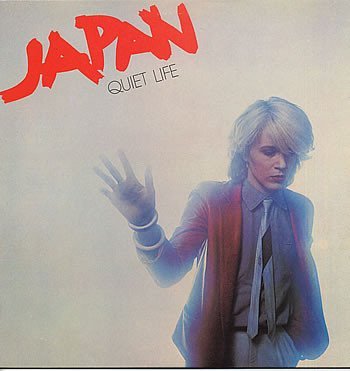 QUIET LIFE (1979)
QUIET LIFE (1979)
Sylvian reveals his inner croon
The Giorgio Moroder-produced single, Life In Tokyo, prefigured Japan’s shift from their glam origins into more contemporary terrain on Quiet Life. However, the German maestro wasn’t considered the right choice to helm the longer player – that task was assigned to the band’s manager, Simon Napier-Bell, and John Punter, who had previously worked with Roxy Music and Sad Café.
This was the album on which Sylvian found his voice, literally, revealing an inner croon that was equal parts Scott Walker and Low-era David Bowie. It’s knee-trembling on a version of The Velvet Underground’s All Tomorrow’s Parties.
He would later say of Quiet Life, “I still feel very attached to it – unusual for me. We reached a peak with this album, we knew what we were doing.”
Read our in-depth feature on Japan Quiet Life
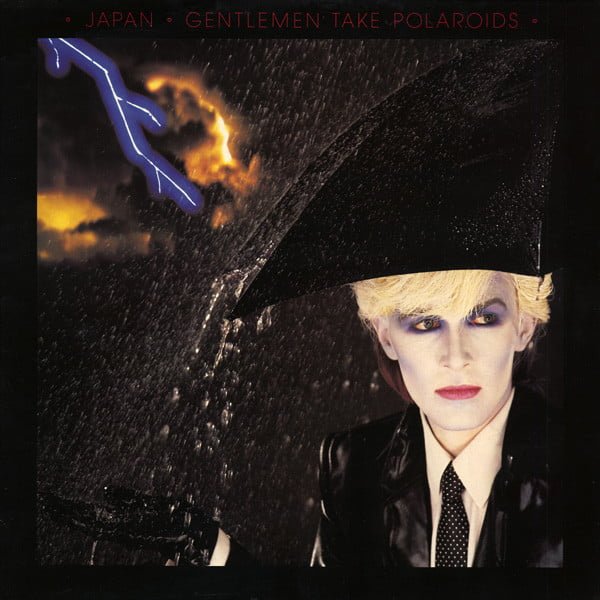
GENTLEMEN TAKE POLAROIDS (1980)
Consummate aural architecture
Having quit German imprint Ariola-Hansa, Japan’s first album on Richard Branson’s Virgin was both an extension of the electronic-based stylings of Quiet Life and a bold expression of artistic ambition.
Gentlemen Take Polaroids also marked the end of Rob Dean’s tenure as guitarist. He reasoned: “My own creative goals were drifting apart from the rest of the group, which, in turn, made it increasingly difficult to come up with parts that I was happy with.”
He was essentially ostracised from AIR Studios, where Sylvian admitted his sense of perfectionism had caused problems. The frontman said years later: “The feeling between members wasn’t good because I was putting limitations on them.”
Arguably those limitations were integral to engendering a consummate piece of aural architecture.
Read more: Japan – Gentlemen Take Polaroids
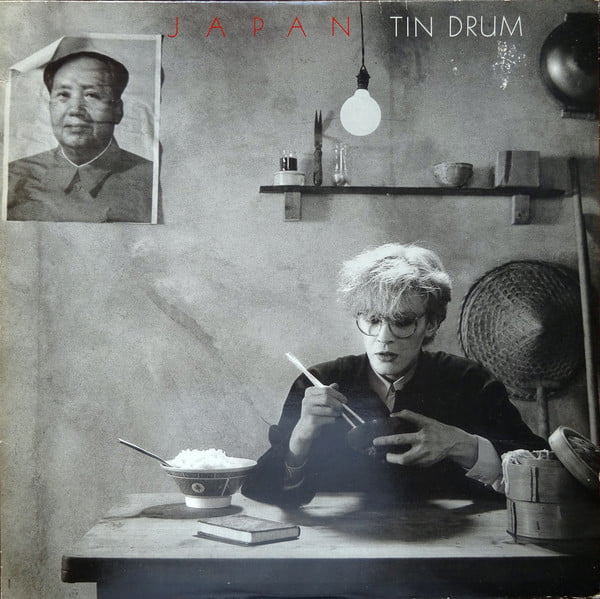 TIN DRUM (1981)
TIN DRUM (1981)
Oriental magnum opus
Fittingly, for a band named after the Land of the Rising Sun, Far-Eastern influences abound on Tin Drum, Japan’s final album and possibly their magnum opus.
It’s in the capacious minimalism of the music, the simulated Oriental instrumentation and even the song titles (Cantonese Boy, Canton, Visions Of China). It’s in those moments of restrained rapture and meditative separation, it’s in the yin and the yang.
Any album that includes Ghosts is an album to be reckoned with. Evidently, the NME’s Paul Morley concurred, as he exulted: “Tin Drum… will take you away. Japan, now, have to be taken seriously; there’s no other way. Be haunted by Ghosts and hear what I mean.”
Those of us who possess sensitive ears did indeed hear, just as we hear still.
Read More: Making Japan’s Tin Drum
BRILLIANT TREES (1984)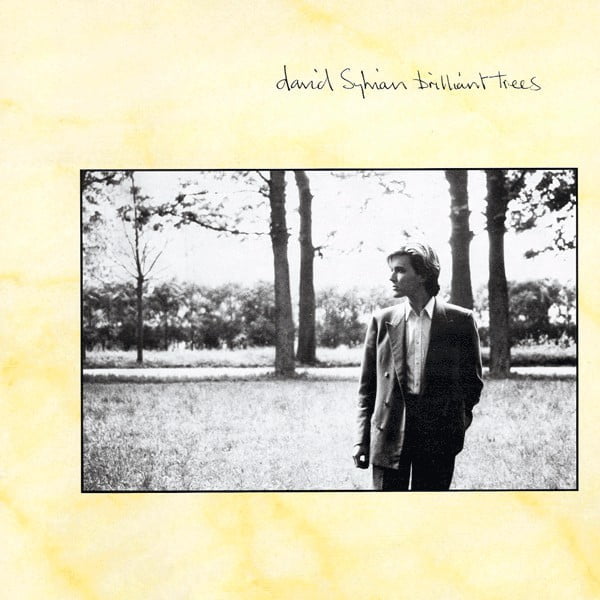
Profoundly nuanced
David Sylvian’s debut solo album represents a remarkably assured declaration of independence that manages to be both immediate and innovative, captivating and challenging. In fact, you might whisper that Brilliant Trees is the last album Japan never recorded, particularly given that it includes Steve Jansen and Richard Barbieri.
Produced by Sylvian with Steve Nye, and enhanced by the peerless presence of players such as Danny Thompson, Jon Hassell, Ryuichi Sakamoto and Kenny Wheeler, this nuanced collection infuses funk with prog with jazz with avant-garde, and still pulls off a coup by siring a Top 20 hit in Red Guitar.
The Ink In The Well, one of Sylvian’s most gorgeous melodies, should have done better, but stalled at No.36.
Japan / David Sylvian: And The Rest…
 GONE TO EARTH (1986)
GONE TO EARTH (1986)
Sylvian was fortunate to have a sympathetic record label in Virgin when it came to the noodle-fest that was his third solo incarnation, Gone To Earth.
The double album is two sides of experimental vocal songs, two sides of ambient instrumentals. It’s the latter selections that weather the passage of time best. Sylvian worked them up on his own clock and on his own dime.
“It was a body of work, the instrumentals and the songs belonged together. Virgin did allow me to release the album as a double ultimately,” he said. “I’m not sure that they were that enthusiastic about it at the time, but they didn’t put up too much of a fight on the creative issues.”
RAIN TREE CROW (1991) 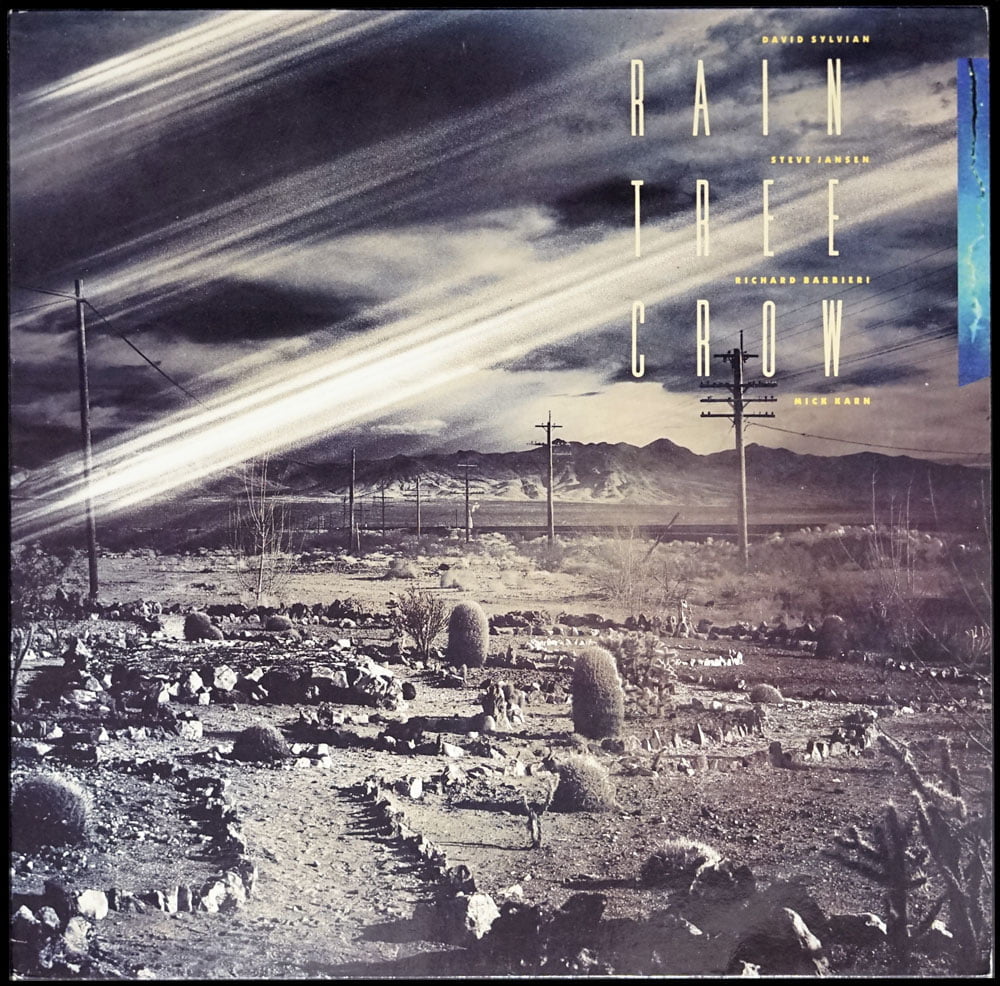
Japan reunited under a different moniker. The intention was that Rain Tree Crow would be a long-term project. Unfortunately, old enmities resurfaced in the studio, though the late Mick Karn, speaking in 1996, felt the conflict contributed to making Rain Tree Crow an important album.
“It really felt as if it was the final killing off, if you like, of the Japan days. It really felt as if it was something we had to do before we could really move on,” he said.
Two years in the making, and way over budget, it was reworked by David Sylvian before being issued, which is probably why it more closely resembles a chapter from
his solo oeuvre than a bona fide Japan release.
 DEAD BEES ON A CAKE (1999)
DEAD BEES ON A CAKE (1999)
Apparently Sylvian was supposed to record an entire album with Ryuichi Sakamoto as the follow-up to Brilliant Trees, but the Yellow Magic Orchestra man bailed at the eleventh hour.
The two did hook up again for Dead Bees On A Cake, with the Japanese auteur playing Fender Rhodes, masterminding sampled guitar and bansuri, and anchoring orchestral and brass arrangements. He’s also credited with providing insects on the track Pollen Path.
There’s some tasteful guitar by Bill Frisell and Marc Ribot, and equally tasteful percussion by Mercury Music Prize winner Talvin Singh, while Sylvian’s then-wife, Ingrid Chavez, can be heard on backing vocals.
BLEMISH (2003) 
Blemish might be Sylvian’s Blood On The Tracks, sharing as it does with Bob Dylan’s 1975 masterpiece, the disintegration of a marriage as its subject matter.
He had split from Ingrid Chavez and documented the fall-out in some of his most personal lyrics allied to stark improvisational textures augmented by avant-garde guitarist Derek Bailey and Austrian electronic musician Fennesz. Easy listening this is not, yet it’s all the more compelling for the rawness at its heart.
“I felt a certain sense of safety, of liberty, to deal with the emotions, emotions that were primarily negative and all to do with my relationship with my wife. I wanted to delve far deeper into them than I would in daily life,” he explained.
Japan / David Sylvian: Need to Know…
- New York Dolls devotee David Sylvian, born David Alan Batt, adopted his artistic name from Sylvain Sylvain, the American glam outfit’s guitarist.
- Sylvian’s former wife, Ingrid Chavez, was signed to Prince’s Paisley Park Records. She sent the Japan singer a copy of her first album, May 19, 1992. He liked what he heard, invited her to work on a collaboration between himself and Ryuichi Sakamoto and the two forged a relationship that led to marriage and the birth of two daughters, Ameera and Isobel. They are now divorced.
- The late Mick Karn, who died of cancer in 2011, was a sought-after session musician after Japan’s break-up, working with Gary Numan, Kate Bush and Joan Armatrading, and formed Dalis Car with Peter Murphy of Bauhaus.
Japan / David Sylvian: The Essential Singles
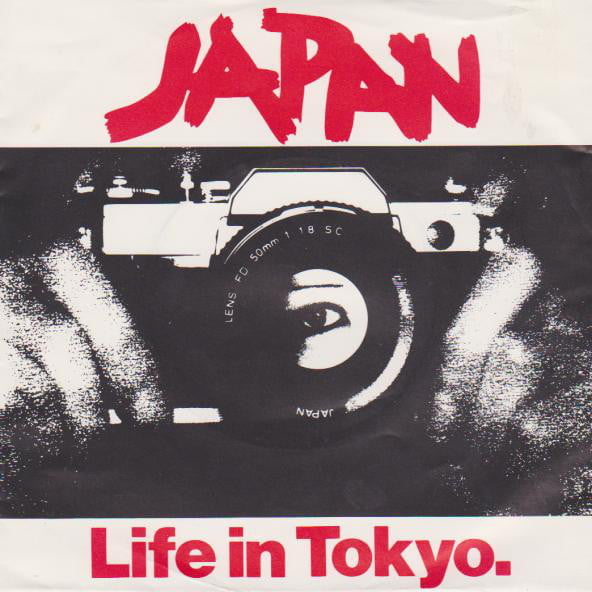 LIFE IN TOKYO (1979, 1981, 1982)
LIFE IN TOKYO (1979, 1981, 1982)
Existentialist disaffection
Life In Tokyo, a compositional two-hander between Sylvian and Giorgio Moroder, was released three times before it finally charted in 1982, cresting at a respectable No.28.
Musically, the track is impelled by Moroder’s trademark arpeggiated synthesiser, an electronic motif deployed on releases by Donna Summer as well as on his own From Here To Eternity.
Lyrically, the existentialist disaffection that defines much of Sylvian’s work is evident in lines such as, “Somewhere there’s a sound of distant living/ Locked up in high society/ It seems so artificial/ Why should I care?”
I SECOND THAT EMOTION (1980, 1982) 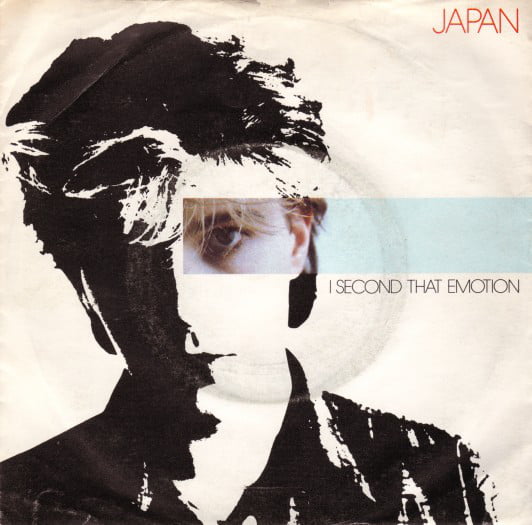
Ice-cool insouciance
Japan had a discerning ear when it came to covering the songs of other artists. Their version of The Velvet Underground’s All Tomorrow’s Parties is a prime example – and this take on Smokey Robinson’s I Second That Emotion another.
Robinson penned it with Al Cleveland after the former bought a set of pearls for wife Claudette. “I sure hope she likes them,” Robinson reputedly said, to which Cleveland responded: “I second that emotion.”
The Motown treatment of the track lacks Japan’s ice-cool insouciance.
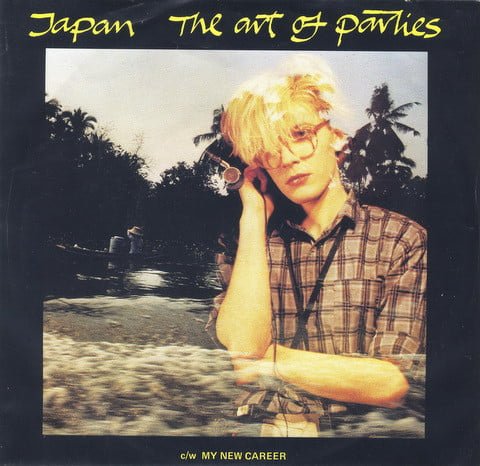 THE ART OF PARTIES (1981)
THE ART OF PARTIES (1981)
Strangely strange
Virgin were no doubt hoping that Japan’s inadvertent link with the New Romantics would help them to deliver their first Top 40 hit single in The Art Of Parties, a primer for Tin Drum (though it would be re-recorded for that album).
Developing their fascination with both electronic shapes, alongside exotic and more orthodox instruments, and Far-Eastern templates, the song perhaps proved a little too strange for British record-buyers, stalling at No.48.
Shame really, as it’s a capital slice of sophisticated art-pop that would have found a more sympathetic audience later.
VISIONS OF CHINA (1981) 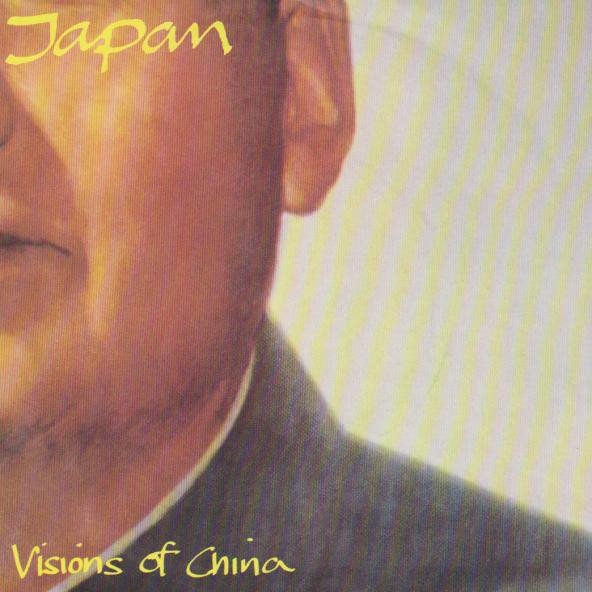
Consummate art-pop
Mick Karn’s inimitable fluid fretless bass gets your attention from the off, propelling a pulsating melody that never relinquishes its spell, a melody gilded with the keyboard stylings of Sylvian and Richard Barbieri and bulwarked by Steve Jansen’s drums and percussion, some of the latter synthetically contrived.
The vocal is enigmatically pitched in the lower register, Sylvian intoning equally cryptically at one point: “I may be happy but I haven’t a clue to this life in my mind”. Consummate art as consummate pop, Visions Of China should have been huge, but it wasn’t.
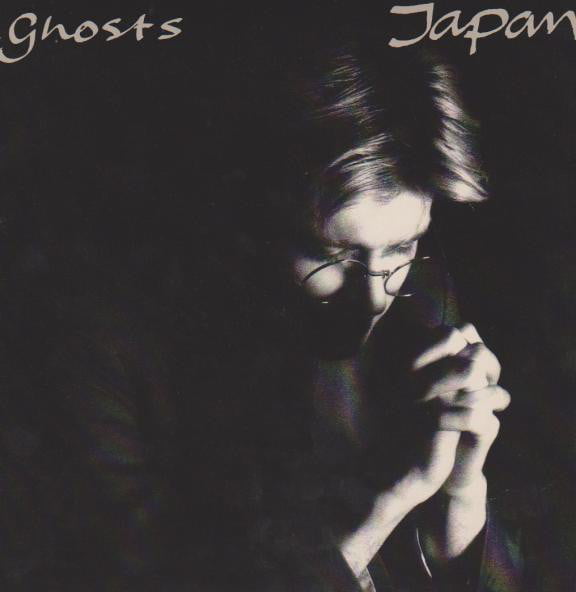 GHOSTS (1982)
GHOSTS (1982)
Sublime swansong
An unlikely chart success, the ambient Ghosts peaked at No.5 in the UK, giving Japan their biggest hit before the band was dissolved several months later.
“It was the only time I let something of a personal nature come through and that set me on a path in terms of where I wanted to proceed in going solo,” Sylvian explained.
He had found the fleeting fame enjoyed by Japan underwhelming, adding: “It wasn’t what I wanted, and that was a revelation. So I had to re-evaluate.”
FORBIDDEN COLOURS with Ryuichi Sakamoto (1983) 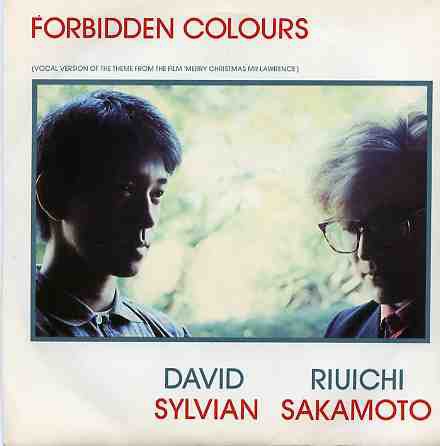
Crowning achievement
The title was culled from Japanese writer Yukio Mishima’s 1951 novel Forbidden Colours. Like Merry Christmas, Mr Lawrence, the film (starring David Bowie) in which it features, the song explores homosexual themes.
“I thought it was beautiful,” said Sylvian. “I mean, sonically, it was incredible. What Ryuichi as producer did was extraordinary with that particular piece of music. And the melody itself was outstanding.”
He’s not wrong. Along with Ghosts, it remains Sylvian’s crowning achievement.
Japan / David Sylvian: Must-Watch Videos
VISIONS OF CHINA
The medium of black and white is a perfect fit for David Sylvian’s aesthetic sensibility – just check out photographer Yuka Fujii’s images for affirmation. In the video for Visions Of China he’s framed in monochrome, the camera, like the rest of us, swooning at those handsome features. Not for nothing was he once accorded the title of world’s most beautiful man.
It’s not all about Sylvian, of course. The other members of Japan, no pulchritudinous slouches themselves, do get a look in. There’s Richard Barbieri and Sylvian’s sibling, Steve Jansen, each decked out in the uniform of the Chinese Revolution, playing chess while a peacock struts about in the background. And Mick Karn giving it some welly on his dida, a Chinese double-reeded horn.
GHOSTS
“Here’s a brave new record,” says Richard Skinner on Top Of The Pops, as he introduces Ghosts. The studied stillness of Sylvian is in contrast with the rapturous applause that greets the song.
The camera fixates on that fetching face for fully 50 seconds before finally switching to Barbieri on keyboards. At 1:28 there’s a glimpse of the audience, stunned into bovine silence. There can’t ever have been a more subversively funereal performance on the show.
The Oil On Canvas footage of Ghosts resembles The Fog, and the ambient-heavy rendition here is every bit as spooky.
FORBIDDEN COLOURS
Forbidden Colours is as much about Ryuichi Sakamoto as it is about David Sylvian. The latter may have written the lyric, but it’s the acute ache in the former’s melody that breaks our hearts.
There’s little, if anything, the video can do to heighten the transcendent emotional pull of the track, though placing Sylvian on sand under a spotlight, like some avant-garde Frank Sinatra, is an astute move.
But mostly it’s about the footage from Nagisa Oshima’s sublime movie, Merry Christmas, Mr Lawrence, based on Sir Laurens van der Post’s experiences as a Japanese prisoner of war during the Second World War, featuring a young Tom Conti in the title role, plus David Bowie, the brilliant Japanese actor Takeshi Kitano and Sakamoto himself.
RED GUITAR
Credits chalked on a blackboard, a guest appearance by Welsh surrealist Angus McBean, Sylvian buried to his upper torso in sand and directorial duties designated to Dutch master Anton Corbijn – what’s not to like?
Sylvian approached Corbijn after seeing his video for Propaganda’s Dr Mabuse. He admitted finding it a challenge to come up with ideas, spending several days in a Brussels hotel room before deciding on “lots of images that have no connection to each other”.
The principal image was based on a photo by McBean. “I called him to get his permission to use the photo and we ended up with him in the video,” recalled Corbijn. “He couldn’t believe he was on Top Of The Pops at age 80. David’s voice came out of his open mouth.”
Listen to our Japan and David Sylvian playlist on Spotify now!
Did you enjoy this feature about Japan / David Sylvian? Then read our Richard Barbieri interview
Read more: Top 20 Reunion Albums






